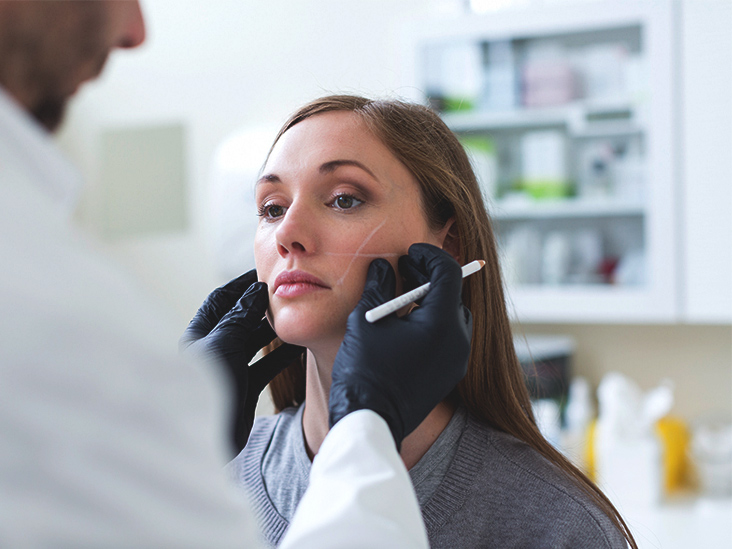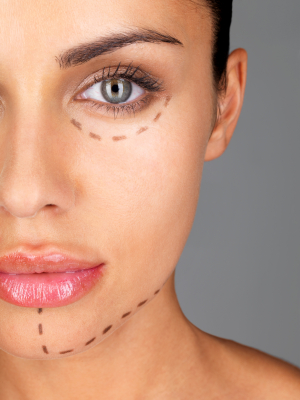
Botox is an anti-aging treatment for wrinkles under the eyes that can reduce the appearance and depth of lines and wrinkles. Botox may be effective in some cases but it's not always the most effective. Let's find out the pros and cons of this procedure. Since we all want to appear younger, we'll look at all our options.
Dermal fillers
Cosmetic surgeons can inject fillers under the eyes. However, there are potential side effects. Side effects of dermal Fillers are usually minor and temporary. Some people may experience itching, redness and bruising. Although some people may experience persistent swelling, these are usually temporary. The doctor will usually prescribe ice packs or other treatments to minimize any pain or discomfort.
Dermal fillers provide natural results, unlike traditional surgeries. The treated area will feel normal to touch. No facial expressions or movements are affected. Additionally, the results will be subtle so that the patient doesn't appear to have undergone a cosmetic procedure. If you are concerned about how your appearance will change, dermal fillers may be an option. They are an excellent choice for treating sunken eyes and tear troughs, as they're easy to remove with an enzyme known as hyaluronidase.

Laser resurfacing
During your first consultation, your aesthetician will go over all the available procedures for wrinkles around your eyes. Laser treatments are possible depending on what type of problem you have. Chemical peels can be effective for superficial under eye wrinkles, as they remove the top layer of skin to reveal a smoother surface. Laser resurfacing, on the other hand, can improve pigmentation and fine lines. A single treatment of laser will typically improve superficial wrinkles. More severe ones might require several sessions.
Patients are asked to wear nonstick dressings during this procedure. The procedure takes approximately 30 minutes per eye. Patients are asked to take off any makeup and other facial products. To remove the skin layers, the treatment uses pulses laser energy. Laser treatment is relatively painless so patients can immediately return to their daily routines. The skin will feel slightly warmer for a few hours.
Chemical peels
There are many kinds of chemical treatments for wrinkles below the eyes. Alpha hydroxy acid is a naturally occurring fruit sugar acid and most chemical peels in this area contain it. It is used to remove the outermost layer of damaged skin, and encourage healthy cell growth. This process also promotes the production of collagen, which fights wrinkles and fine lines. Afterward, the skin feels moisturized. It appears firmer and more dense.
Some chemical peels can cause scarring to certain areas of your face. Certain people are more susceptible to this effect. However, these scars are usually easily treatable. If you have ever had an outbreak of herpes, tell your dermatologist before the procedure. They might be able to recommend medication to decrease the likelihood of a cold sore returning. You should inform your doctor if there are keloids. But infections are very rare.

Surgery
Rachel Nazarian from Mount Sinai Hospital in New York, a dermatologist, offers advice to patients about the best precautions for Botox. Among these precautions is abstaining from alcohol and blood-thinning medications. Advil (Aleve), and aspirin are some examples. These medications can also contain supplements that contain fish oil, turmeric and garlic. These supplements can increase the risk of bruising and may be contraindicated for under-eye Botox treatments.
Botox costs under the eyes may vary widely. One treatment session can cost between $200 and $800. Others may charge by the area. Botox is not covered by insurance for cosmetic purposes. Botox for cosmetic purposes is extremely popular. However, not everyone knows if it will work well on all wrinkles. Botox is a temporary and cost-effective solution to wrinkles under the eyes.